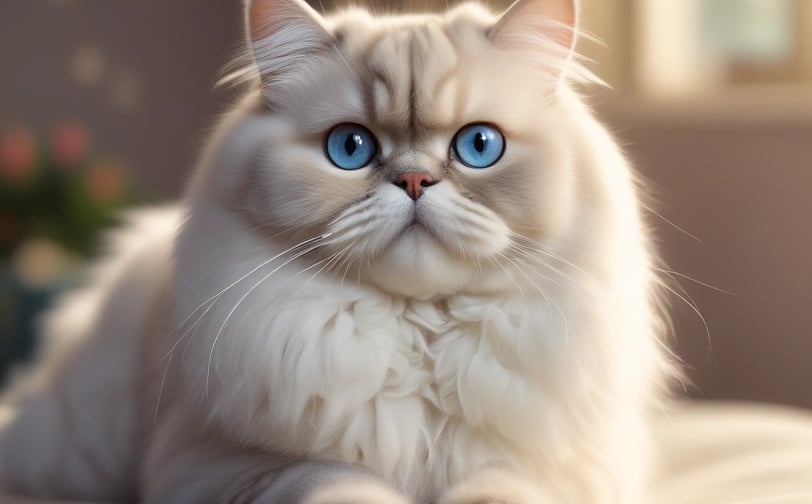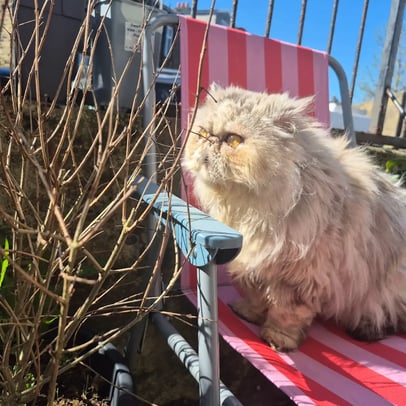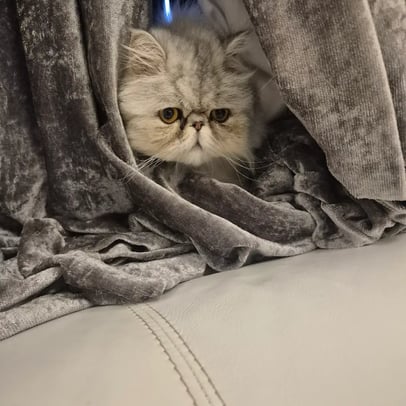The Pros and Cons of Owning a Persian Cat
6/10/20252 min read


Introduction to Persian Cats
Persian cats are one of the most beloved and recognizable breeds in the feline world. With their luxurious coats, expressive faces, and charming personalities, they often enchant both cat enthusiasts and casual pet owners alike. However, before making the decision to welcome a Persian cat into your home, it is essential to consider the various advantages and disadvantages associated with this breed.
Pros of Owning a Persian Cat
One of the primary advantages of owning a Persian cat is their affectionate and gentle demeanor. They are known to develop close bonds with their human companions, often enjoying cuddles and affection. This trait makes them ideal for families or individuals seeking a companion who appreciates quality time together.
Additionally, Persian cats possess an easily recognizable beauty. Their long, flowing coats and round faces are aesthetically appealing, often making them a status symbol among cat lovers. Furthermore, their calm and laid-back personality means they adapt well to indoor living, making them suitable for those in apartments or homes with limited space.
Another positive aspect of owning a Persian cat is their relatively low activity level compared to other breeds. They enjoy lounging around and are generally not prone to hyperactivity. This can be a perk for those who may not have the time or energy to engage in extensive play sessions. Moreover, their serene nature can contribute to a relaxing atmosphere within the home.
Cons of Owning a Persian Cat
Despite their many appealing qualities, prospective Persian cat owners should be aware of several disadvantages. One significant downside is their grooming needs. Persian cats require regular brushing to prevent matting and maintain their luxurious coats. For those who lead busy lives, this commitment may prove challenging.
Additionally, Persian cats are more susceptible to certain health issues, such as respiratory problems and dental issues due to their brachycephalic (flat face) structure. This necessitates regular veterinary visits and may result in higher overall care costs compared to other breeds. Potential pet owners should consider whether they are willing to invest time and money into maintaining the health and wellbeing of their Persian cat.
Another con to consider is their tendency to be less active, which can lead to obesity if not adequately monitored. Although their calm temperament is appealing, owners must be diligent about providing mental stimulation and encouraging exercise to prevent weight-related health problems.
Conclusion
In conclusion, owning a Persian cat can be a rewarding experience filled with companionship and love. However, it is crucial to weigh the pros and cons before making such a significant commitment. The affectionate nature and stunning appearance of Persian cats make them a desirable choice for many, but the grooming requirements and potential health issues should also be carefully considered. By fully understanding what it takes to care for a Persian cat, prospective owners can make informed decisions that lead to happy and fulfilling lives for both the pet and owner.



